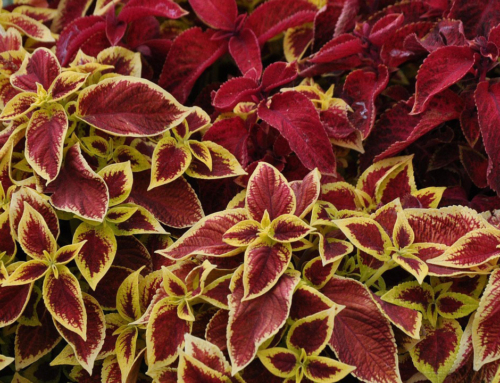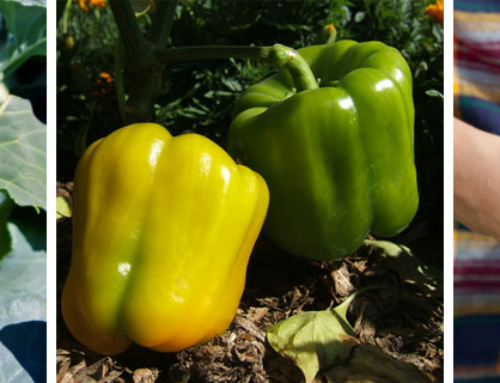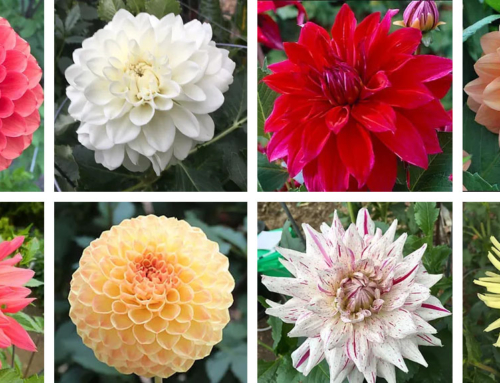After seven months of winter, or so it seems, I had to see something in a color other than grey or brown. Since most of the garden color in my yard is on the north side of my house, it was still partially buried under last winter’s glacial debris. So off to the Arboretum I went, to search the Grace Dayton Wildflower Garden at the University of Minnesota Landscape Arboretum.
Located along a streambed, surrounded by woods of mature sugar maple, basswood and oak, this garden blossoms each spring into a showcase for plants native to the Upper Midwest. Many of the wildflowers that can be seen between March and May are spring ephemerals, which bloom and set seed quickly in order to complete their lifecycle before nearby trees leaf out and block the sunlight.
What a great job to have; work one month or so and have the other 11 months off! Spring ephemerals have developed other interesting adaptations. Some have “stinky” flowers that attract flies for pollination such as skunk cabbage, carrion flower, Jack in the Pulpit and red trilliums. Some put their energy into bulb production before flowering. Wild leeks use the early spring sun for production of their tasty bulbs and then flower later as surrounding trees begin to leaf out. Other spring ephemerals such as May apples and trillium, sport broad leaves that spread out to catch as much sun as possible. Finally, as if reaching for those weak early spring sun’s rays, snakeroot grows tall to compete for sun for a full 6 weeks before the surrounding trees leaf out.
The real show stoppers and likely the most popular flowers in the wildlife garden are the lady slipper orchids. So what makes them so special? Orchids are part of the largest and most highly specialized plant families. Their tiny seeds are like dust and may take 3-4 years in the ground before producing their first leaf! (Only .02% of the seeds even germinate!). These divas take yet another 8-14 years before the first bloom. Plants can live 60 years, and if you are lucky enough to come across a clump of 20 flowers or so, the group is likely to be over 100 years old.
Orchid pollination provides another fascinating story. The primary pollinator seems to be a small bee that is attracted to the color shape and fragrance of the flower. The bee lands on the pouch, enters through the opening and is temporarily trapped due to the pouch ends curling in. It then follows a thin colored line along the inside of the pouch toward a small escape opening at the base of the structure. The plot thickens when the passage narrows and the bee is forced to crawl past the sticky female part of the flower, inadvertently depositing any pollen sacs it might be carrying on its back from a previous encounter. Finally, our bee crawls past the male part of the flower, picking up pollen sacs to carry to another plant and makes it’s final escape. Poor bee, all work and no reward, as it can’t reach the pollen sacs on its back.
So now that you know “the rest of the story,” get out to the Arboretum and enjoy the spring flower/ephemeral show…before it’s over.
By Deb Revier, Hennepin County Master Gardener




